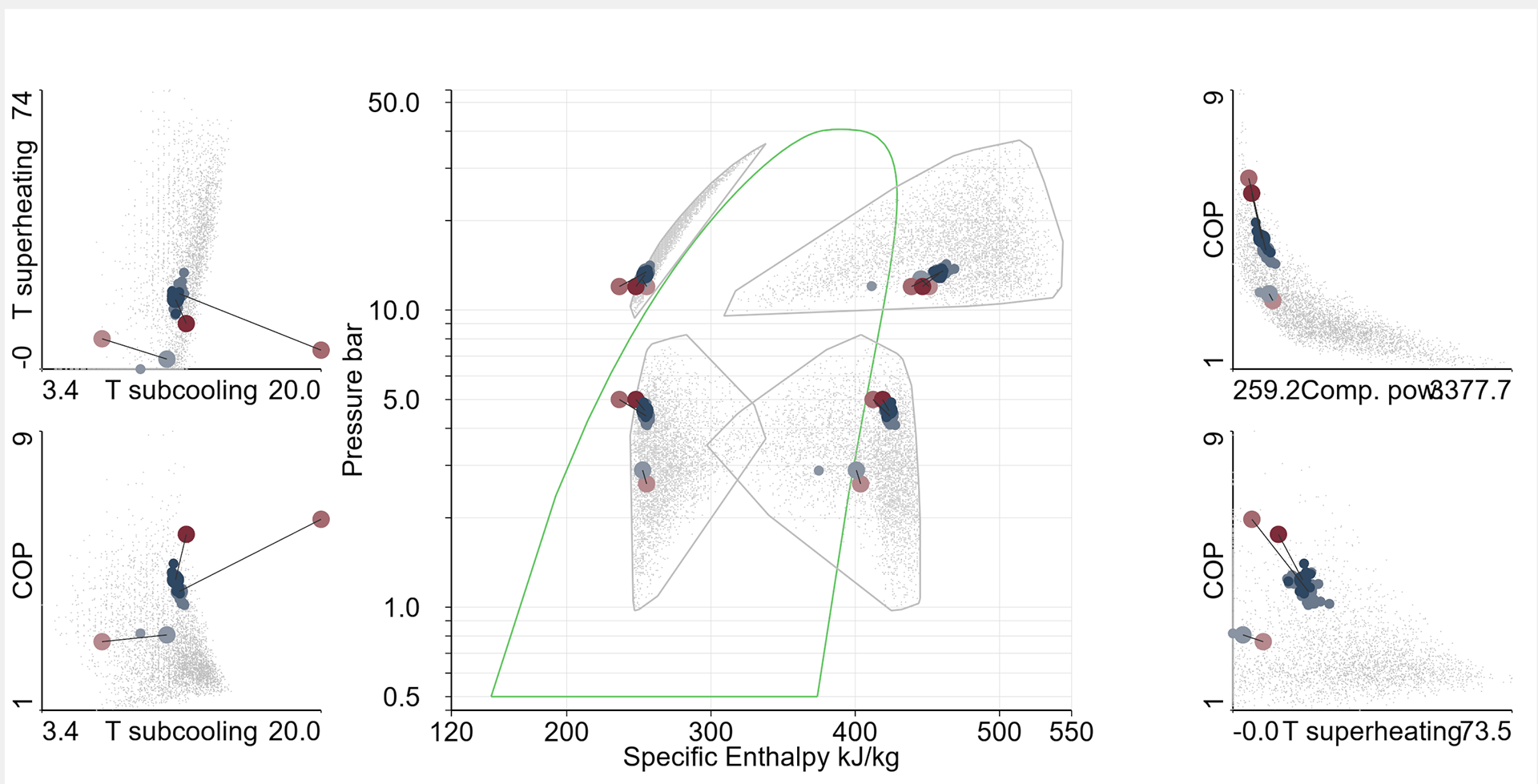Interactive Design-of-Experiments: Optimizing a Cooling System
Rainer Splechtna - VRVis Research Center, Vienna, Austria
Majid Behravan - Virginia Tech, Blacksburg, United States
Mario Jelovic - AVL AST doo, Zagreb, Croatia
Denis Gracanin - Virginia Tech, Blacksburg, United States
Helwig Hauser - University of Bergen, Bergen, Norway
Kresimir Matkovic - VRVis Research Center, Vienna, Austria
Download preprint PDF
Room: Bayshore V
2024-10-17T18:21:00ZGMT-0600Change your timezone on the schedule page
2024-10-17T18:21:00Z

Fast forward
Full Video
Keywords
Parameter space exploration
Abstract
The optimization of cooling systems is important in many cases, for example for cabin and battery cooling in electric cars. Such an optimization is governed by multiple, conflicting objectives and it is performed across a multi-dimensional parameter space.The extent of the parameter space, the complexity of the non-linear model of the system,as well as the time needed per simulation run and factors that are not modeled in the simulation necessitate an iterative, semi-automatic approach. We present an interactive visual optimization approach, where the user works with a p-h diagram to steer an iterative, guided optimization process. A deep learning (DL) model provides estimates for parameters, given a target characterization of the system, while numerical simulation is used to compute system characteristics for an ensemble of parameter sets. Since the DL model only serves as an approximation of the inverse of the cooling system and since target characteristics can be chosen according to different, competing objectives, an iterative optimization process is realized, developing multiple sets of intermediate solutions, which are visually related to each other.The standard p-h diagram, integrated interactively in this approach, is complemented by a dual, also interactive visual representation of additional expressive measures representing the system characteristics. We show how the known four-points semantic of the p-h diagram meaningfully transfers to the dual data representation.When evaluating this approach in the automotive domain, we found that our solution helped with the overall comprehension of the cooling system and that it lead to a faster convergence during optimization.